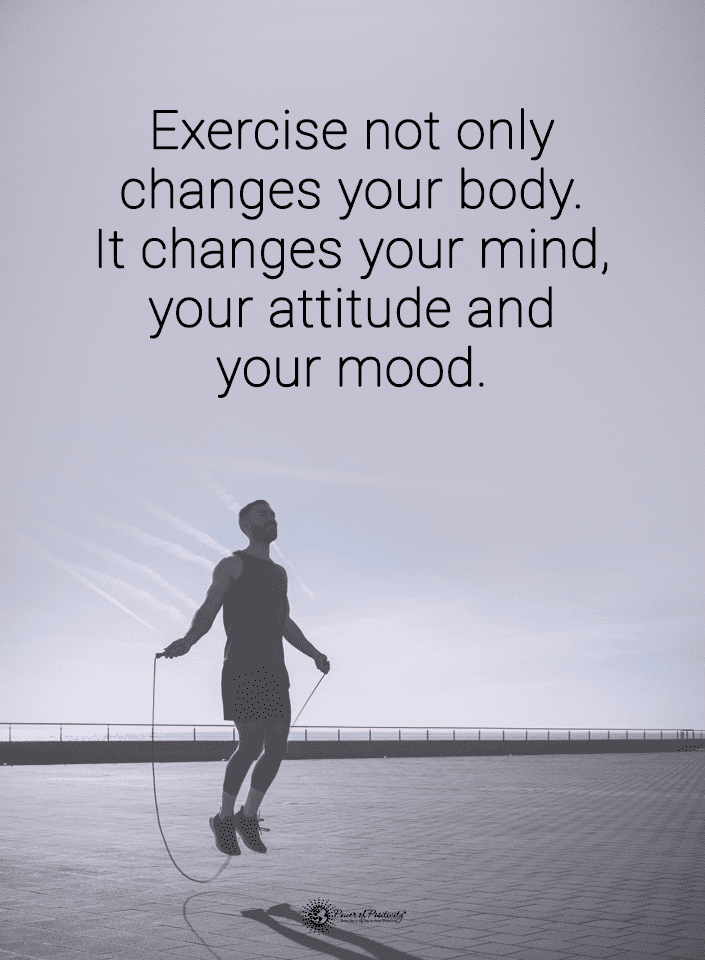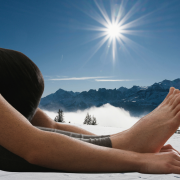Recognizing the signs of lipedema and knowing potential treatments can help affected individuals manage this condition more effectively. It isn’t always easy to handle, but the right information can encourage you to lead a fulfilling life. Lipedema is a chronic condition involving asymmetrical fat tissue build-up in your arms and legs.
This condition is common but frequently goes undiagnosed. Some symptoms include pain, swelling, easy bruising, or unusually textured fat.
If you experience pain, it might come and go or be constant. Sometimes it’ll only hurt when pushing on the fat, and other times you won’t experience it at all. No matter the severity of your symptoms, learning about them can help with managing lipedema.
Understanding Lipedema
Lipedema, also called lipoedema, is a fat distribution disorder that typically affects women, but men can experience it, too, albeit rarely. It often starts or worsens during puberty, pregnancy, menopause, women’s health issues, and other hormonal changes. The exact cause is unknown, but researchers are looking into genetics, inflammation, hormonal biology, and metabolism.
There isn’t much research about Lipedema treatment, so the symptoms often worsen before you receive a diagnosis. It can contribute to emotional and physical distress, fatigue, muscle pain, and easy bruising.
This condition can disrupt your overall well-being and interfere with your quality of life. It can also lead to:
- hopeless feelings
- decreased self-esteem
- eating disorders
Symptoms vary for everyone, so some people might experience mild signs while others struggle with severe ones.

Stages of Lipedema
Lipoedema involves four stages of development. As it progresses, symptoms worsen.
Stage one:
Your skin usually looks normal and smooth, but you’ll notice pain, tenderness, and easy bruising. You’ll also likely feel fat nodules beneath your skin.
Stage two:
Your skin’s surface becomes uneven, and you may notice dimpling. It signifies larger lipomas that you can see and feel.
Stage three:
Your legs might look rectangular and inflated, and you may have folds of skin and fat. It causes deformities, making it hard to wear some clothes and shoes. Lymphedema can occur during this stage, indicating lymphatic system damage.
Stage four:
Not all sources reference this stage, but it involves lipedema and lymphedema, or lipo-lymphedema. You’ll also notice folds or overhangs of fat and skin.
How to Tell it Apart From Other Issues
Lipedema often gets mixed up with other medical issues, including obesity and lymphedema, leading to misdiagnosis. It differs from obesity because it affects the arms and legs, whereas obesity happens throughout your body. Unlike lipedema, obesity leads to high blood pressure, diabetes, or increased cholesterol.
This condition is often mistaken for lymphedema but differs in a few ways. Lymphedema affects your hands and feet on one side of the body, but lipoedema happens symmetrically on both sides but not your hands and feet.
Nine Signs of Lipedema
Watching for signs of lipedema can help you get an early diagnosis, so see a medical professional as soon as you recognize them.
#1: Abnormal Fat Distribution Is Frequent in Lipedema
Some common lipedema symptoms include leg swelling on one or both sides and overall bilateral enlargement. Bilateral enlargement means both sides of your body are equally affected.
Fat builds up and distributes disproportionately, typically in the buttocks, thighs, calves, and upper arms. It can also lead to a fatty area on the inside of your knees and outside of your hips. You might experience this condition even if you aren’t overweight, contributing to abnormal fat distribution throughout your body.
#2: Pain or Tenderness
Lipedema pain or tenderness is a common sign to watch for. The pain might be mild or severe and occur constantly or only when there’s pressure on the area. It varies for everyone, so don’t ignore it either way.
Pain can occur due to low oxygen and inflammation resulting from insufficient fluid transport throughout your body. Your skin will also be less elastic, creating tenderness.
When you experience this situation, try potential chronic pain management strategies. Studies show that manual lymphatic drainage massage can help improve blood flow and decrease pain.
#3: Easy Bruising Can Come From Lipedema
Lipedema can cause sensitive skin and easy bruising because your blood vessels near the abnormal fat deposits could become fragile. This sign happens early in the disease so you might notice it before other indications.
Implementing a regular exercise routine improves circulation, potentially preventing bruising. You can also actively avoid activities that could lead to trauma and bruising.
#4: Disproportionate Body Shape
This condition can make your body have a disproportionate body shape. It typically affects your arms and legs but can also happen in your bottom, impacting your body image and self-esteem.
Early on in the condition, your legs might be big, but you have a narrow waist and a smaller upper body. Your arms are also likely to be affected, but it doesn’t affect your hands or feet, contributing to the disproportionate body shape.
Maintaining a healthy diet can help you manage weight and ease or prevent inflammation. While you may still have a more considerable lower body, it can stop it from worsening so that you can focus on living a fulfilling life.

#5: Fat that Doesn’t Reduce with Diet and Exercise
It could signify lipoedema if you eat healthily and exercise regularly and still have excess fat in those areas. Diet resistance or exercise resistance reduces the benefits of conventional weight-loss methods.
However, please don’t give up on a healthy diet and exercise because it’s still essential to your overall health. If you eliminate these healthy aspects, your situation could worsen. It could become dangerous and cause health issues if the lipedema fat moves into your abdomen or trunk.
#6: Swelling that Worsens Throughout the Day
Lipedema can cause swelling throughout the day because the fat tissue requires lots of fluid. The edema will likely worsen as the day progresses as your lymphatic system struggles to keep up.
As fluid builds up throughout the day, gravity moves it to the lower part of your body. You’ll likely notice swelling in your feet or ankles, especially after prolonged sitting or standing. It can make it hard to participate in daily activities and cause debilitating pain or discomfort.
Lipedema can lead to lymphedema, although they are different medical disorders. Lymphedema involves dysfunctioning lymph fluid flow in your legs or arms. It often occurs in the late lipoedema stage from a blockage in the lymphatic pathway.
Consider wearing compression socks or bandages because it could help prevent or reduce swelling. You’ll have an easier time managing fluid build-up and inflammation.
Elevating your legs can help with fluid drainage and swelling, but ensure they’re above heart level. If that’s not an option, try moving around because swelling can occur after sitting or standing for too long.
#7: Fat Nodules Under the Skin
Lipedema nodules can contribute to skin changes by making it soft, cool, and dimpled. It might feel like something is beneath your skin because fat nodules form. You likely can’t see them during the early stages, but they become visible as it progresses.
A massage can help improve lymphatic flow, preventing and easing nodule formation. Maintaining a heart-healthy diet also promotes symptom management, along with regular exercise.
Some studies suggest the ketogenic diet helps manage lipedema, but more research is necessary before it becomes an evidence-based treatment option. If you want to try the keto diet, discuss it with a medical professional before making any changes.
#8: Heavy and Achy Legs May Reveal Lipedema
The leg discomfort associated with lipedema often makes your legs feel heavy or achy. You might experience tension and pressure, potentially interfering with your daily activities and overall quality of life.
Compression therapy with custom-made clothing can help, along with staying active and prioritizing weight management. Another option is to consider physical therapy to help you improve mobility and reduce pain.
#9: Mobility Issues
Mobility difficulties can occur because this disease affects your joint health. The build-up of fat creates pressure on your joints, making it harder to move.
Low-impact exercises can help improve mobility difficulties and promote joint health. They improve joint flexibility and improve your blood flow so it’s easier to move around. Some options include:
- swimming
- biking
- walking
- yoga
- pool exercise
Emotional and Psychological Impact of Lipedema
Lipedema can negatively impact your emotional health, sometimes leading to:
- depression
- poor quality of life
- stress
- immobility
- anger or frustration
- anxiety
- lack of self-esteem
Psychological support can help you, including counseling or cognitive behavioral therapy (CBT). Learning all you can about the disease can help you cope and find other ways to deal with it.

Final Thoughts on Knowing the Signs of Lipedema and When to Seek Help
An early diagnosis provides lipedema treatment options. A healthcare professional can help you determine the best steps to improve your experience. It’ll help your physical and mental health to help you live a better life.
While there’s no cure for lipedema, treatment options can help you manage your condition. You can still live a fulfilling, meaningful life despite the diagnosis. You’ll find joy and contentment once you find methods to ease your symptoms.
The post 9 Signs of Lipedema (and How to Fix It) appeared first on Power of Positivity: Positive Thinking & Attitude.



